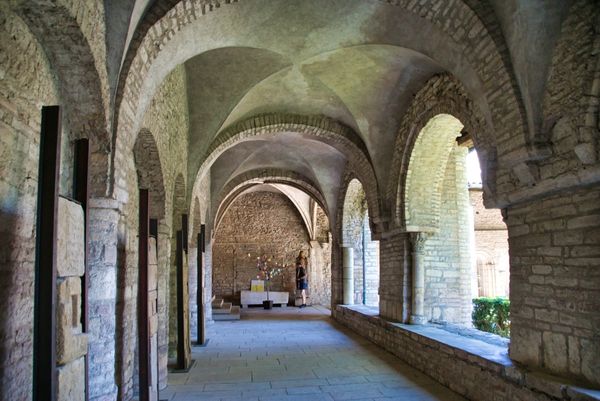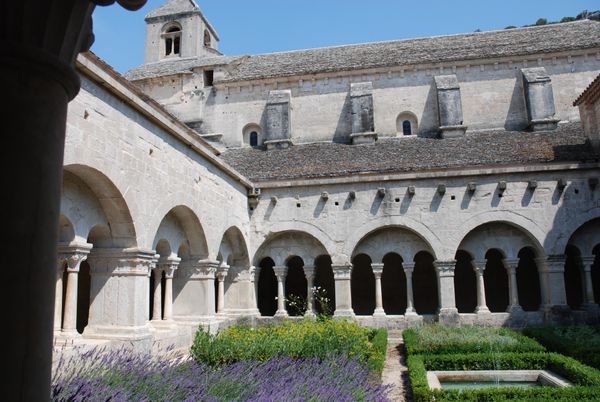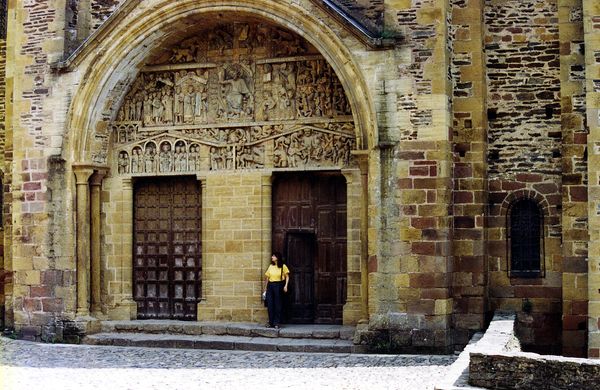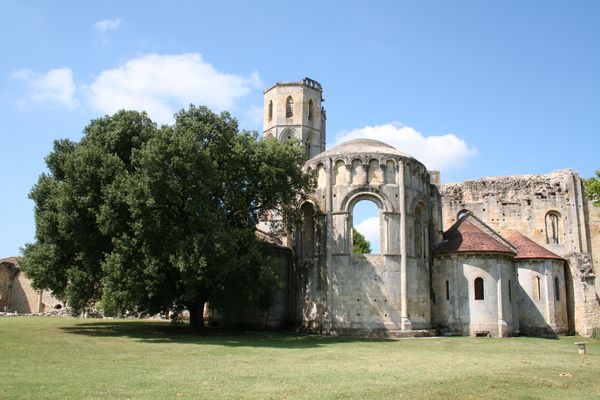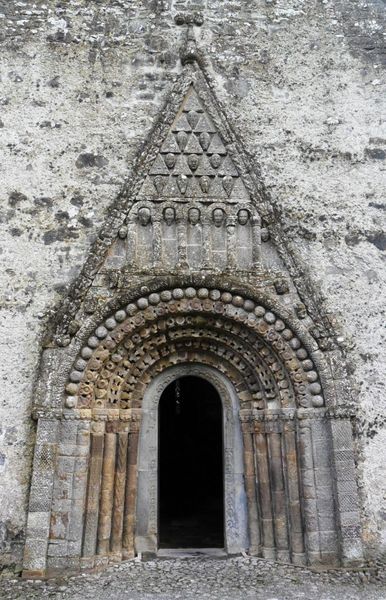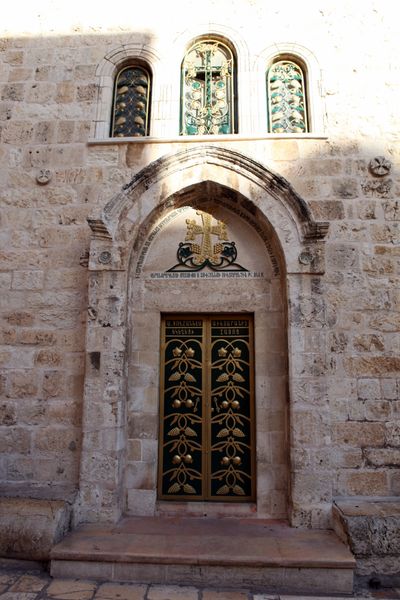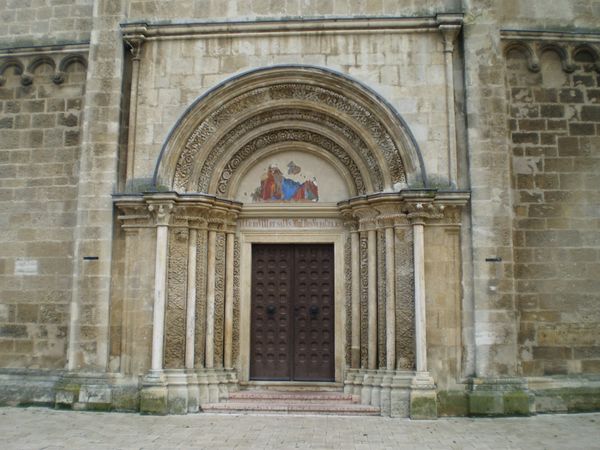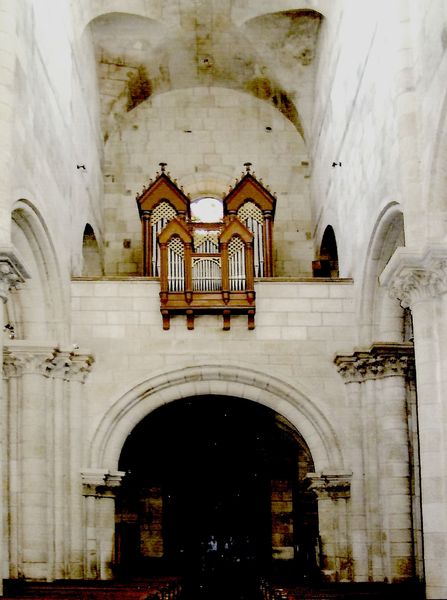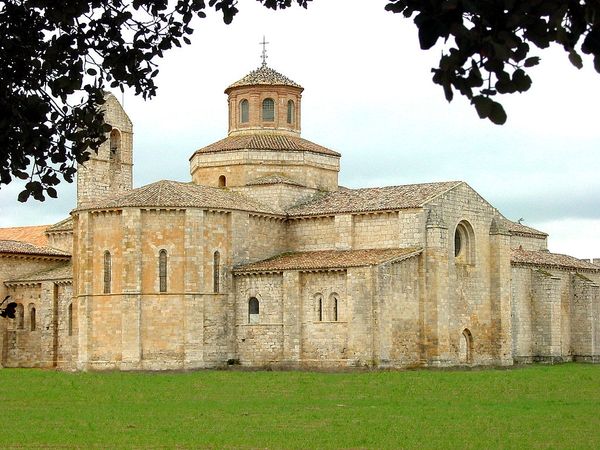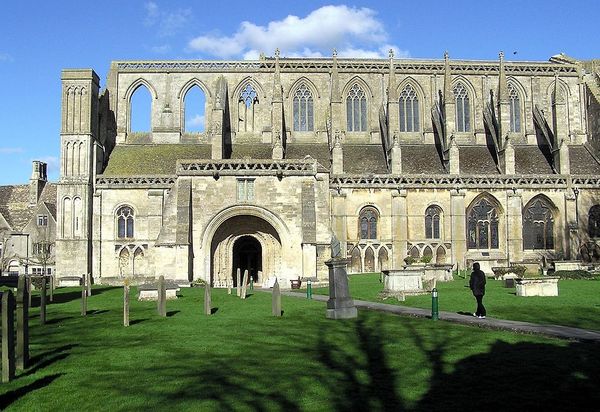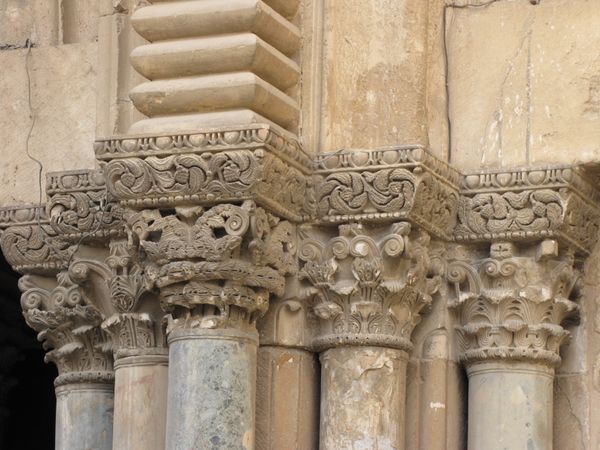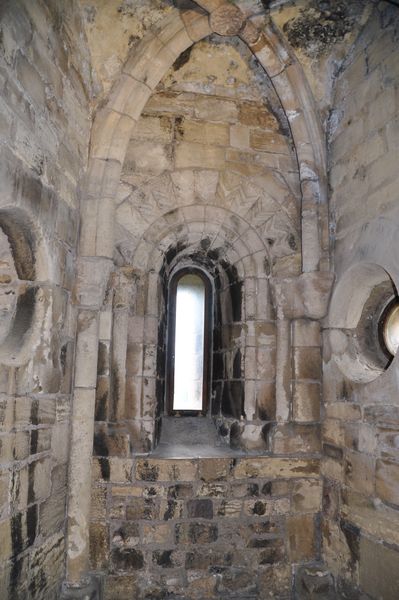
carving, public-art, architecture
#
public art
#
medieval
#
carving
#
holy-places
#
public-art
#
historic architecture
#
traditional architecture
#
romanesque
#
architecture
Copyright: Public domain
Editor: This is a view of Malmesbury Abbey in England, dating back to 1180. It's Romanesque architecture. What immediately grabs me is the elaborate carving around the archway – it looks incredibly detailed. What do you see when you look at this? Curator: I see power. Architectural projects, particularly religious ones, served as significant public art during the medieval period, demonstrating wealth and solidifying institutional authority. This entrance, with its dense, almost overwhelming carving, projects the church's influence. Editor: So, you're saying it's not just about faith, but also about control? Curator: Precisely. Think about the impact on someone entering that space in the 12th century. Most of the population was illiterate, and religious imagery provided accessible narratives. Who commissioned it, and what messages were they hoping to convey to the masses through these carvings? Consider also that monumental architecture, especially abbeys, exerted influence not only spiritually but also economically and socially on surrounding populations. Editor: That’s fascinating. I hadn’t really considered the message beyond the religious aspect. Curator: Also, observe how this Abbey door looks now. Notice the wear on the stone; each alteration, each new addition speaks of different social values attributed to the place. What do you think about that? Editor: Now I see how that doorway is so much more than just old architecture. There are multiple histories embedded into the facade, influencing our contemporary understanding and values as a society. Thanks for sharing.
Comments
No comments
Be the first to comment and join the conversation on the ultimate creative platform.
